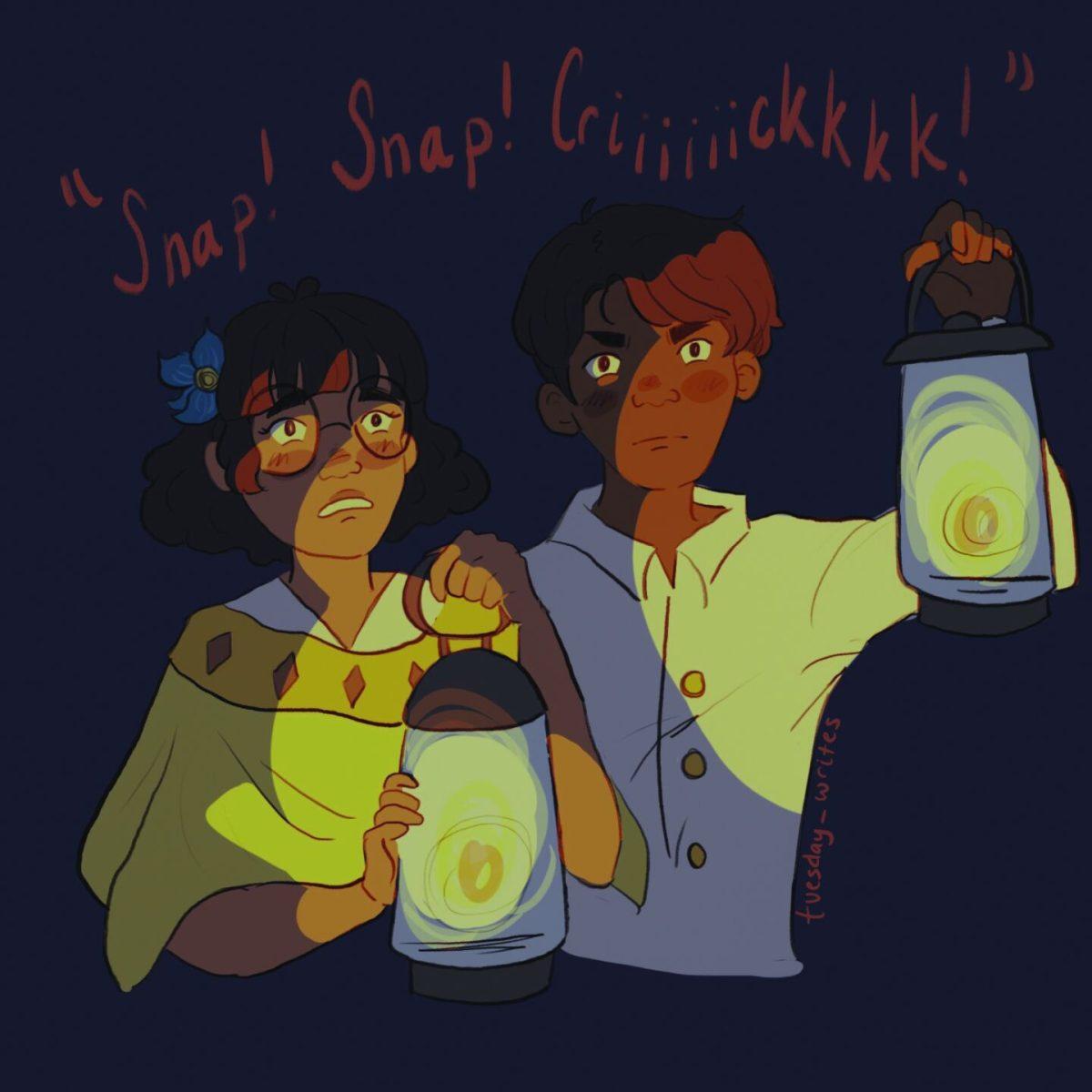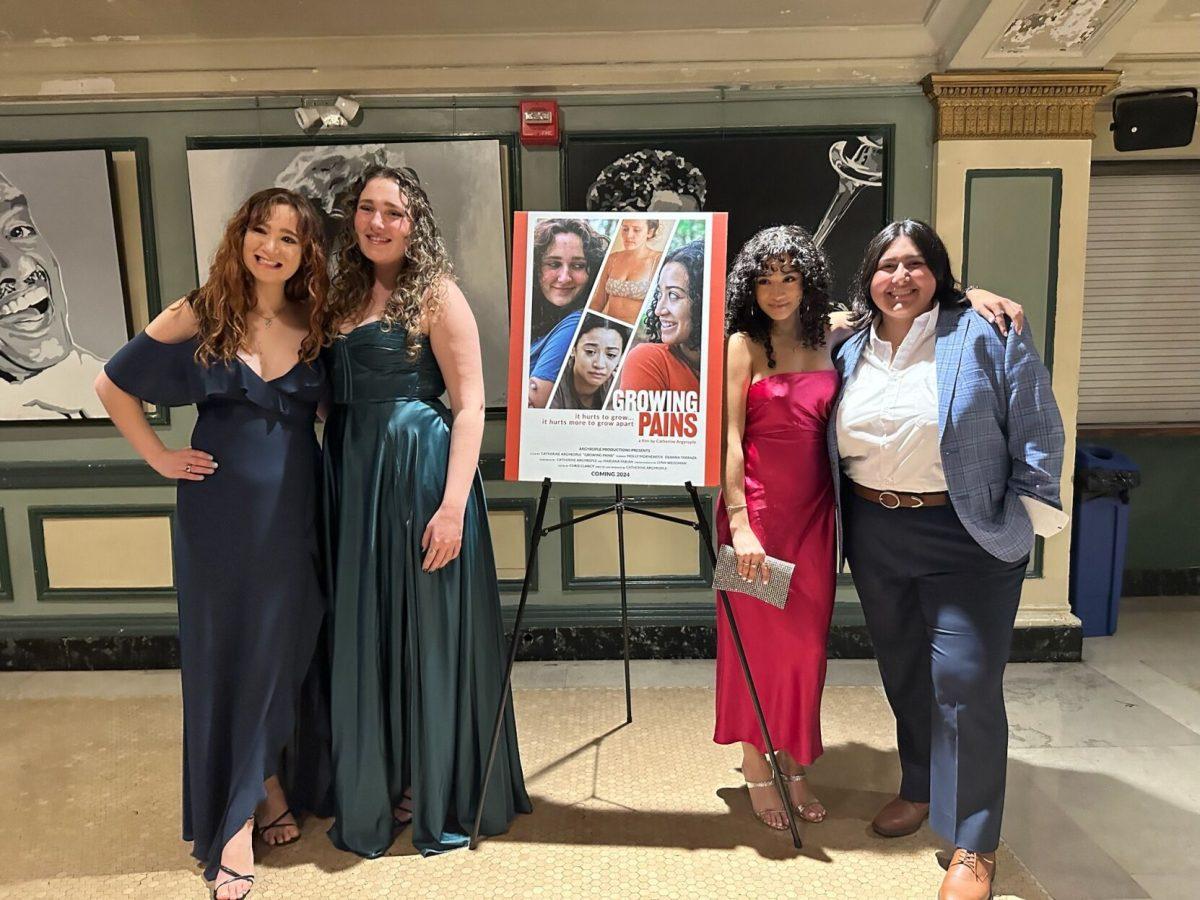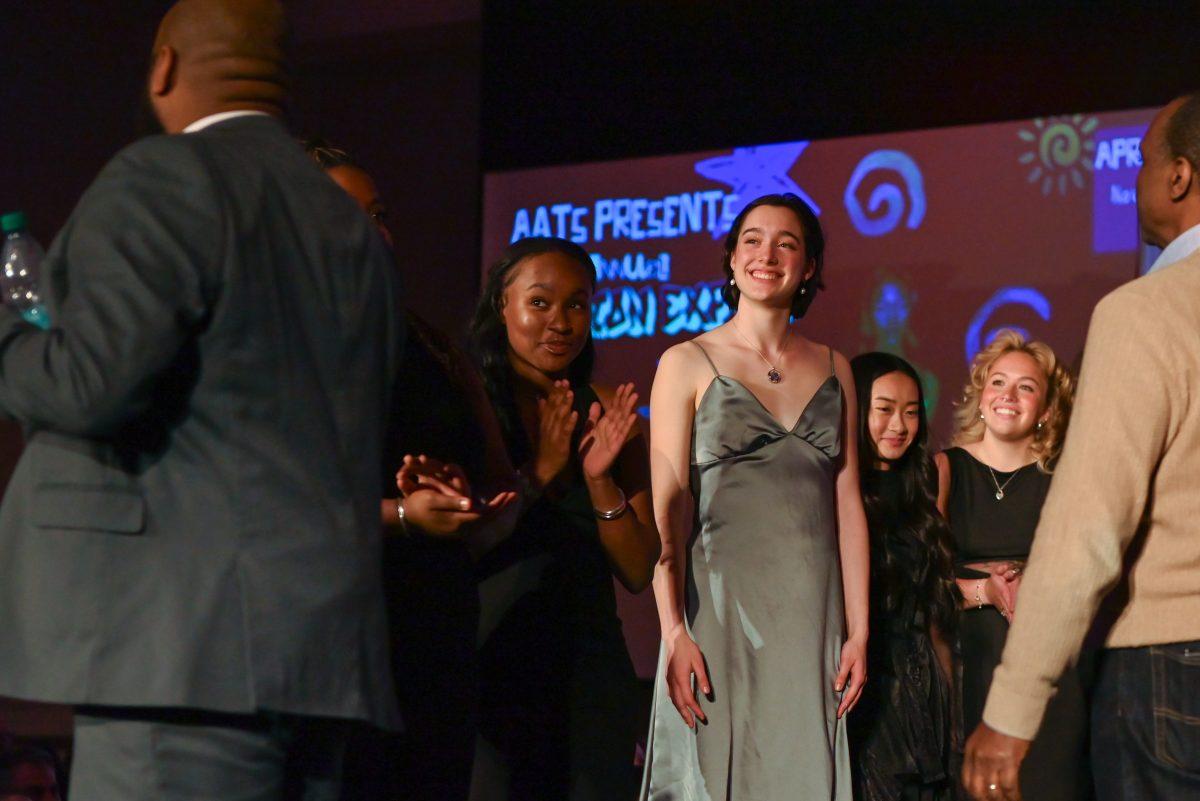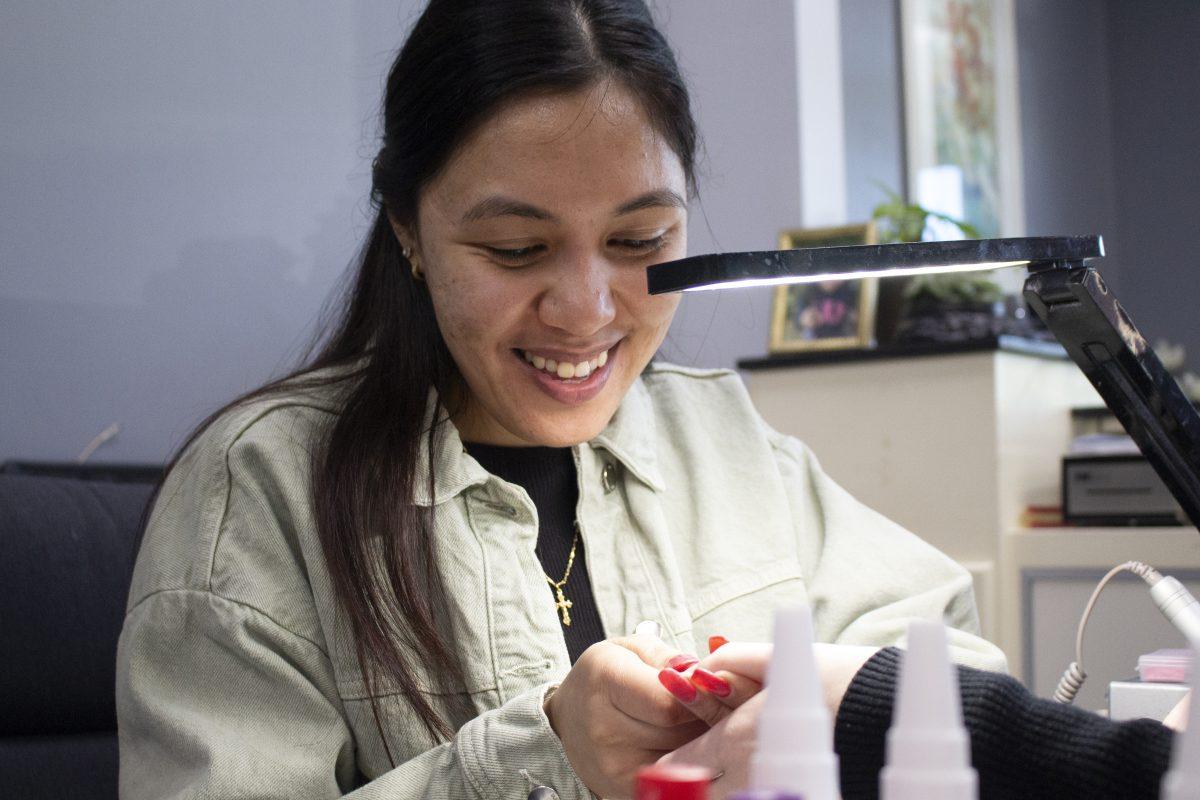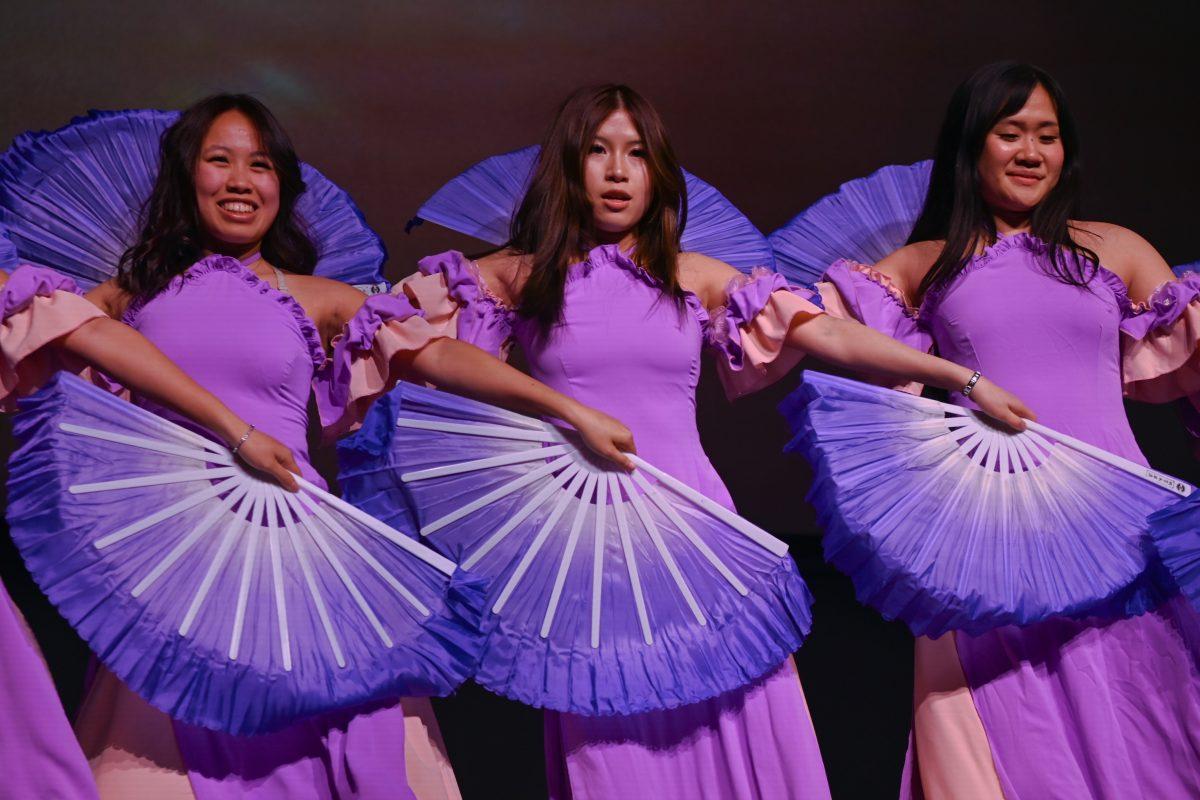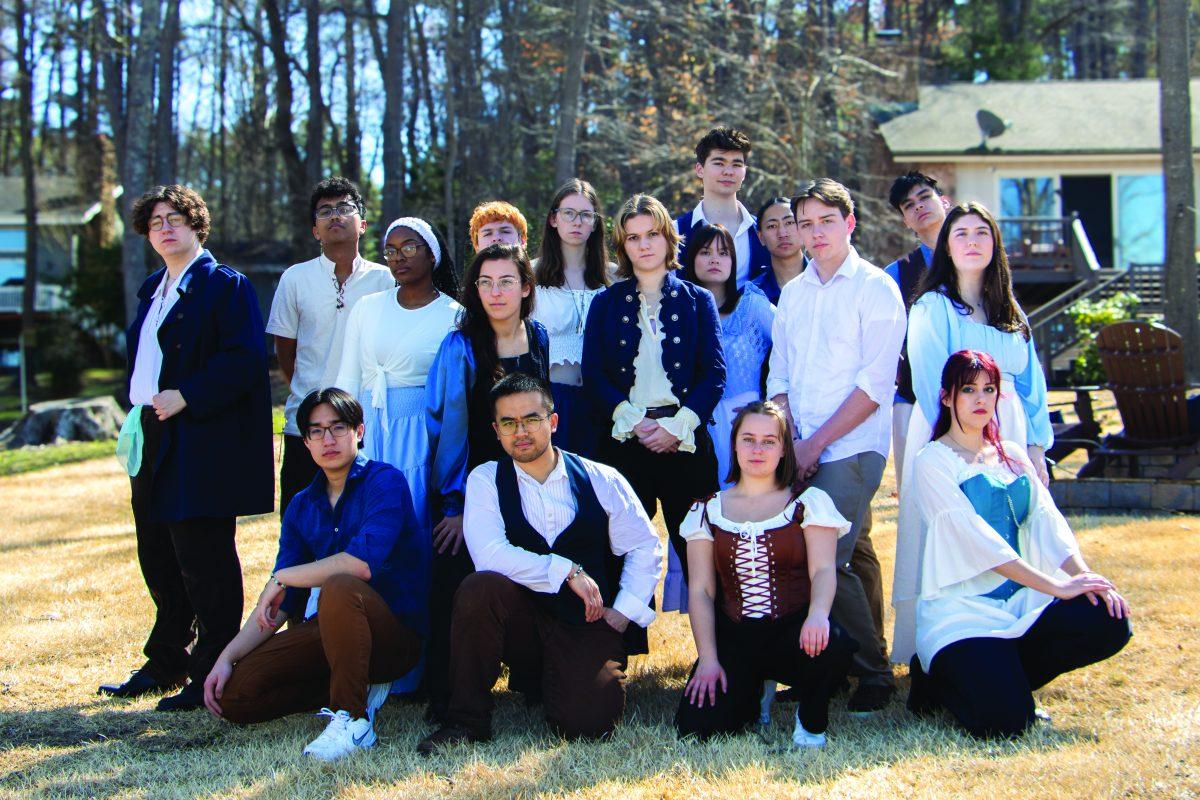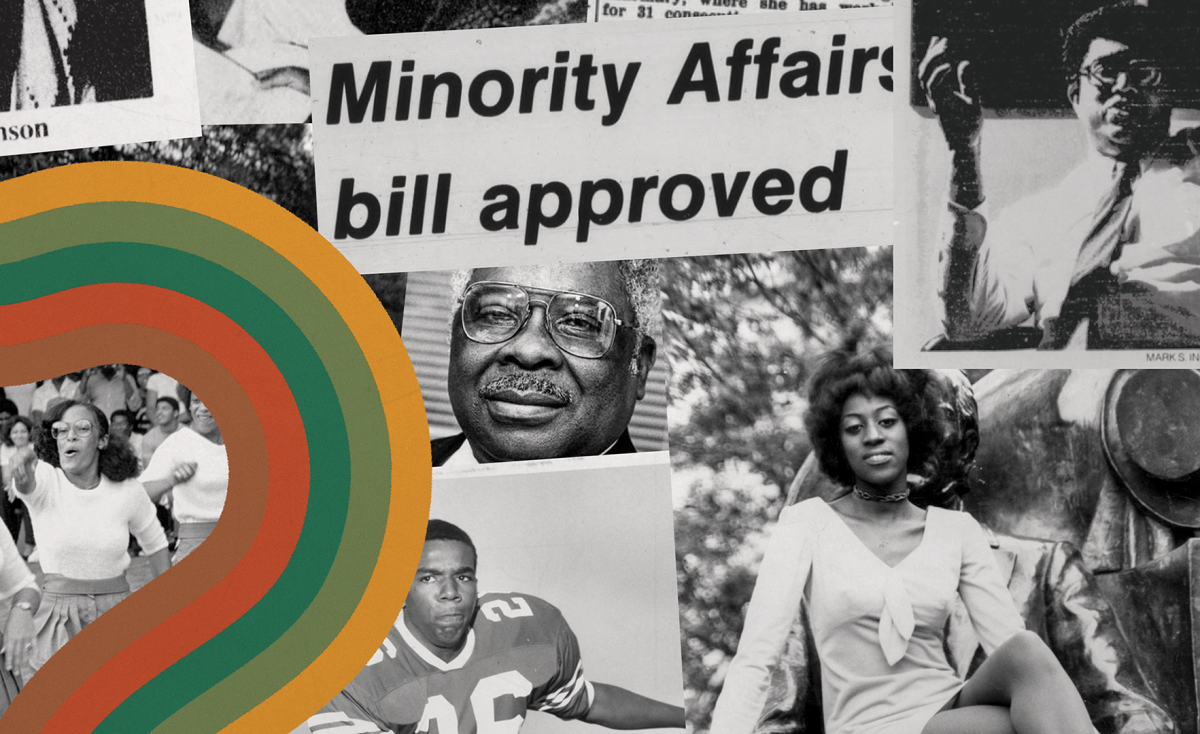Editor’s Note: Information in this article, originally published March 5, 2025, has been corrected. Pil is a fourth-year, not a graduate student.
Right now, 21-year-old Tuesday Pil is a fourth-year studying English. They recently acquired an agent for their novel “Tala Tolentino and the City of Star Blossoms.” Acquiring an agent is a lofty goal, one that most aspiring writers never accomplish, let alone before their first legal drink.
Pil, however, has been working at this for nearly a decade.
“The story I tell people is that I had to write this story for a creative writing class when I was in third grade, and then I got a D on the assignment — which was kind of extra, to be honest — but I got a D on the assignment, and then to spite the teacher, I started writing something else,” Pil said. “Then I accidentally was like, wait, I actually really like this. And I just kept writing and writing.”
Their family worked in healthcare and had no knowledge of what to do with a writing prodigy, so they hired a tutor who showed Pil the ropes.
“[My tutor] published a few books of her own and was mostly just working as an English tutor,” Pil said. “Then my dad went to her — I was writing this book, and it was really bad, but I guess she was kind of impressed by how much I wanted to write when I was that young.”
Aside from their personal practice and motivation, they were pushed by their tutor and brought to workshops for more experience.
“I was, I think, 10 at the time, and then throughout 10 to 13, she was the one that taught me how to query, and taught me about publishing,” Pil said. “She brought me to workshops with her so I was getting a lot of experience doing that. And then by the time I was 13, I had this fully edited novel that I was sending out.”
Pil often referred back to their earlier work, seemingly without any awareness of the skill it takes for an adolescent to write a decent literature review, let alone an entire novel. This detachment from the precarity of their situation extended to the unique perspective Pil possessed as a Filipino immigrant.
“I was reading a lot of fantasy books,” Pil said. “Usually by white authors, so a lot of my characters were actually white or ethnically ambiguous sometimes, but most of the time they were white characters. There were, like, no Asian characters in it.”
Going to college helped them find a place in literature and fully visualize themselves as a character in a book.
“It was really in college and going to literary spaces and interacting with a lot of different writers, I think, is what finally made me feel like I can see myself on a page, and I can write myself in there, and not be weird about it,” Pil said.
They mentioned their high school was diverse with a decently-sized Asian population. Coming to NC State, a predominantly white institution, was a bit of a shock that forced them to examine their writing.
“There was a bit of fear in it because, what if nobody understands what the heck I’m talking about because it’s from a cultural standpoint,” Pil said. “Then I just kind of learned not to care. It gives me a certain perspective to write from, and more depth and stuff like that. It helps me process how I grew up versus how other people grew up around me.”
They also credited an expanding taste in literature to their comfortability with incorporating sociological themes into their work.
“I was reading more and more, non-white authors at that point too,” Pil said. “And kids books — I was thinking, ‘Oh, if they can do it, why can’t I do it?’”
It’s impossible to ignore the backlash against children’s books which dare to include Black and diverse characters. Right-wing lawmakers claim children aren’t capable of understanding “complex” and “difficult” themes.
“I don’t shy away from it,” Pil said. “My age range is 8- to 12-year-olds, so it can’t be horrifying. But that’s definitely an age where kids are learning a lot about themselves, and honestly, if you try to hide things from them, they’re gonna be really curious. So I kind of explore it plainly.”
Pil applies this philosophy to their use of Tagalog in their writing. They refuse to italicize their native language or any language other than English.
“Sometimes I’d toss in a whole phrase, and I wouldn’t translate it,” Pil said. “And honestly, sometimes, I refuse to translate it.”
When it comes to recreating stereotypes, Pil tries to balance authenticity and depth in their characters, specifically the family dynamics.
“I try to show multiple facets of it, and instead of it being a hard rule, there is room for change and redemption and I think that’s how you can still use the tropes but, transform them in a way.”


